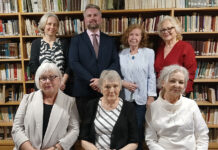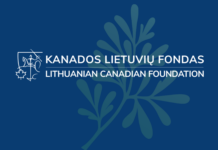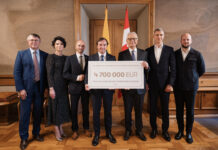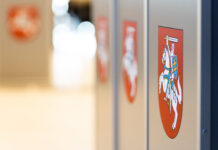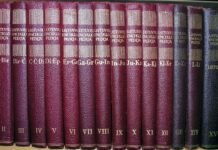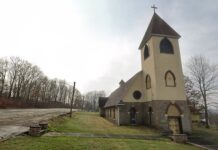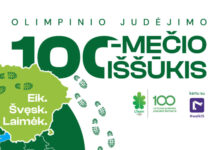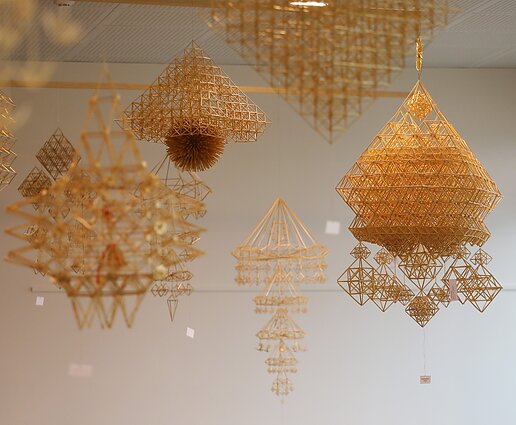
The Lithuanian folk art of straw mobiles, called sodai, was added to the UNESCO Representative List of the Intangible Cultural Heritage of Humanity on December 5. The decision was taken at the session of the Intergovernmental Committee of the Convention for the Safeguarding of Intangible Cultural Heritage in Botswana. The tradition of making hanging straw ornaments was first included in the list of intangible cultural heritage values in Lithuania In 2017.
Simple straw ornaments or “šiaudinukai” are usually made to decorate Christmas trees. “Sodai” are larger, and have both decorative and ceremonial significance, traditionally associated with well-being and fertility. Hung from ceilings, they symbolize heaven and Paradise (called “dangus”, or “rojus” in some parts of Lithuania). In other areas they are called “liktoriai”(lanterns, chandeliers, or candelabra) or “vorai” (spiders”). The literal translation of “sodas” is garden.
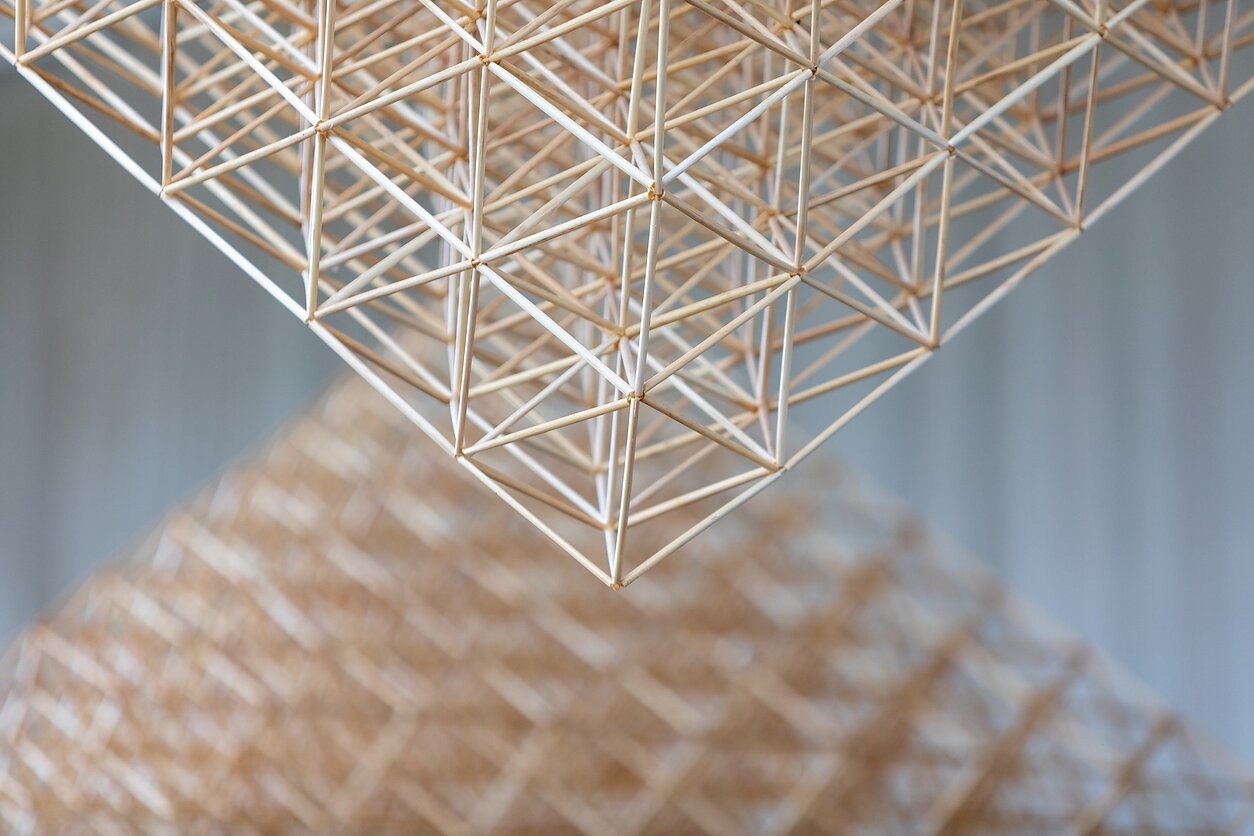 Straw artists use (hollow) straws and string pieces of equal length together, initially in rhomboid shapes – or two pyramids with a common base. More complex “sodai” are composed of multiples of these shapes, with the outer surfaces decorated with straw stars, birds, garlands and paper flowers. During Advent tiny apples and berries are used for decoration. The straw is strung together with thread, although in olden times horse hair was used, and joined with wax.
Straw artists use (hollow) straws and string pieces of equal length together, initially in rhomboid shapes – or two pyramids with a common base. More complex “sodai” are composed of multiples of these shapes, with the outer surfaces decorated with straw stars, birds, garlands and paper flowers. During Advent tiny apples and berries are used for decoration. The straw is strung together with thread, although in olden times horse hair was used, and joined with wax.
A “sodas” would be hung in a household for the birth of a child, for a wedding and for Christmas and Easter. They were an important tradition at weddings, and were also known in other countries, such as Latvia, Belarus, Bulgaria, and Hungary. The design motifs used in “sodai” are also present in Lithuanian distaffs and Easter eggs. Some artists compare the process of creating a “sodas”, with a central form cascading in multliple repetitions, to making a mandala.“ A well-made sodas will last quite a while, and can actually be rinsed to remove dust.
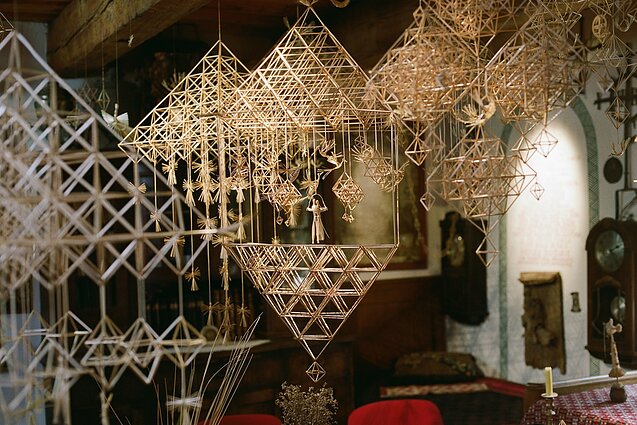 In Lithuania, the art form is gaining popularity again. Application for the UNESCO list was coordinated by the Lithuanian National Culture Centre, with participation of the Ministry of culture, the Vilnius Ethnic Cultural Centre, A. and J. Juška Ethnocultural Museum, the Lithuanian National Museum, the Lithuanian History Institute, and the “Dangaus sodai” (Heaven’s Gardens) Association, established during the application process to include Lithuanian straw “sodas” artists. These artists are mostly located in and around Vilnius, however there are many in northeastern Lithuania as well (in Aukštaitija, the Highlands).
In Lithuania, the art form is gaining popularity again. Application for the UNESCO list was coordinated by the Lithuanian National Culture Centre, with participation of the Ministry of culture, the Vilnius Ethnic Cultural Centre, A. and J. Juška Ethnocultural Museum, the Lithuanian National Museum, the Lithuanian History Institute, and the “Dangaus sodai” (Heaven’s Gardens) Association, established during the application process to include Lithuanian straw “sodas” artists. These artists are mostly located in and around Vilnius, however there are many in northeastern Lithuania as well (in Aukštaitija, the Highlands).
“Sodai” are the fourth Lithuanian intangible cultural property to be added to the UNESCO list. The others are the Baltic song and dance festival tradition, Lithuanian “sutartinės” or polyphonic singing, and Lithuanian cross-crafting and its symbolism.




